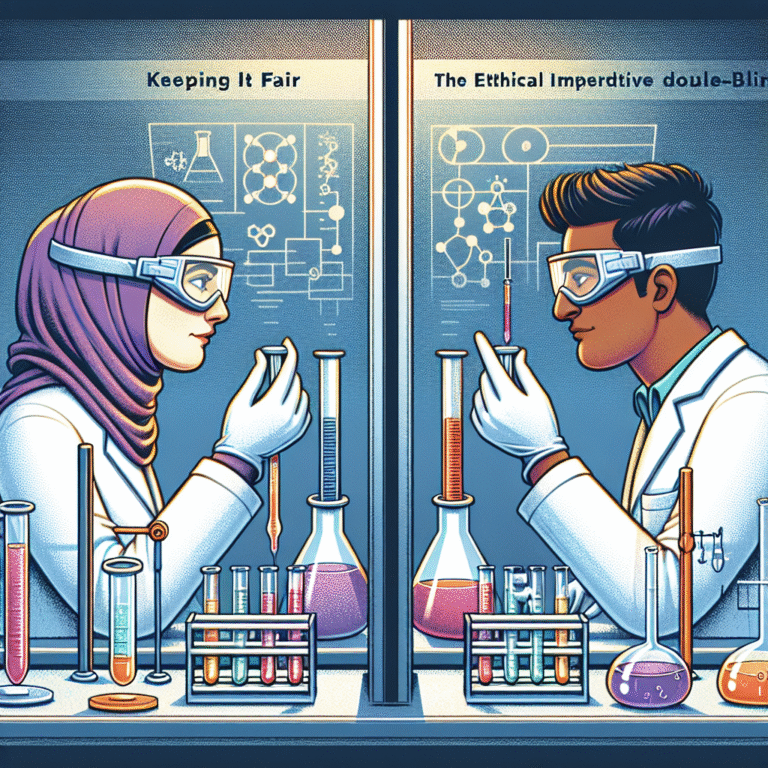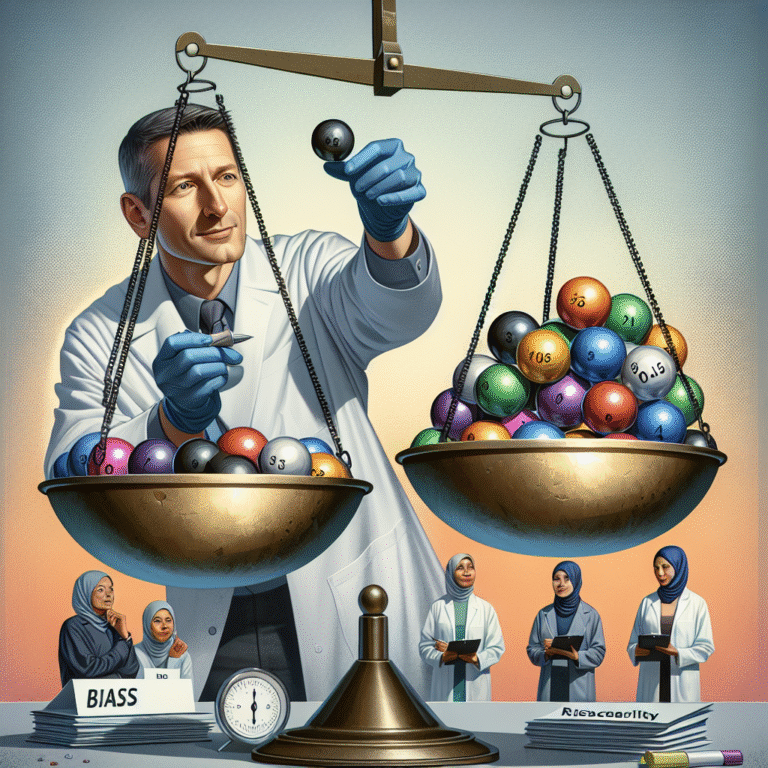
Introduction
In the evolving digital landscape, storytelling is more than just an art; it’s a potent strategy for organizations looking to engage audiences, influence decisions, and drive change. Enter the realm of Data-Driven Storytelling: Using Statistical Analysis to Harness the Power of Narratives. This innovative approach transforms raw data into compelling stories, revealing insights and fostering connections that resonate at an emotional level. Why is this important? With information overload at an all-time high, capturing attention and conveying messages effectively has become a challenge. This article dives deep into how statistical analysis not only enriches narratives but also empowers businesses to communicate their values and impact meaningfully.
The Essence of Data-Driven Storytelling
What is Data-Driven Storytelling?
At its core, data-driven storytelling combines the analytical rigor of statistical methods with the creative elements of traditional storytelling. It involves meticulously analyzing data sets, extracting valuable insights, and weaving those findings into narratives that are relatable and engaging. This synergy allows organizations to present complex information in a simplified manner, making it more digestible for various audiences.
Why It Matters
Engagement: People are more likely to remember information when it is presented within a narrative structure. Data-driven storytelling enhances engagement.
Decision-Making: Leaders equipped with better narratives derived from data can make informed decisions, backed by solid evidence.
- Influence: When data is embedded into a powerful story, it can influence public perception and encourage action.
Key Components of Data-Driven Storytelling
Data Analysis
Before the narrative can take shape, data needs to be collected and analyzed. This phase involves identifying relevant data sets, employing statistical methods, and interpreting the results.
Narrative Development
Once insights are extracted, the next step is crafting a narrative. This includes determining the audience, structuring the story, and framing the message effectively.
Visualization
Utilizing visual aids—charts, graphs, and infographics—helps clarify data points and can enhance storytelling. Visualizations break down complex data into easily digestible formats, making it easier for audiences to grasp core messages.
Case Studies in Data-Driven Storytelling
1. Airbnb: Trust Through Data
Context: Airbnb aimed to build trust among potential users.
Strategy: Using data analytics, they developed narratives around user experiences and community impact. For instance, they shared statistics about the number of hosts who became economically empowered through renting their spaces.
Outcome: This approach not only built confidence in their platform but also presented them as a community-focused brand, fostering a supportive narrative.
Relevant Insight: The integration of statistical analysis in storytelling helped Airbnb humanize their data, showing the meaningful impact behind raw numbers.
2. Netflix: Personalized Recommendations
Context: Netflix wanted to improve viewer engagement.
Strategy: By analyzing viewing habits and preferences, Netflix crafted personalized suggestions, presenting users with data-driven recommendations that felt tailored to their tastes.
Outcome: Increased viewer satisfaction and longer watch times demonstrated the effectiveness of their data-backed narrative strategy.
Relevant Insight: This highlights that data can create tailored experiences, further resonating with users at a personal level.
3. Dove: The Real Beauty Campaign
Context: Dove sought to challenge beauty standards in the cosmetics industry.
Strategy: They collected data through surveys illustrating women’s perceptions of beauty and self-esteem. The results formed the foundation for their campaigns, showcasing real women and their stories.
Outcome: The campaign not only empowered women but also connected with audiences emotionally, showing the effectiveness of blending statistics with authentic narratives.
Relevant Insight: This case exemplifies how statistical data can help tap into emotional narratives, thereby enhancing brand loyalty.
Visual Representation: Understanding Impact
| Case Study | Strategy Used | Outcome |
|---|---|---|
| Airbnb | User experience narratives | Increased user trust |
| Netflix | Personalized recommendations | Higher viewer engagement |
| Dove | Real beauty insights | Empowered brand loyalty |
Practical Applications of Data-Driven Storytelling
Marketing and Branding
Data-driven storytelling allows brands to connect with their audiences by sharing meaningful insights drawn from user data. This approach fosters a more personal connection, building brand loyalty and trust.
Journalism
In the realm of journalism, reporters harness statistical analysis to validate stories, providing evidence-based narratives that engage readers on crucial topics. Data can breathe life into investigative pieces, making them not just informative but also compelling.
Non-Profit Sector
Non-profit organizations can utilize data-driven storytelling to communicate their missions effectively. By presenting statistics about community impact or needs, these organizations can create powerful narratives that inspire action and attract donors.
Tips for Effective Data-Driven Storytelling
Know Your Audience
Understanding the audience is crucial. Tailoring the story to resonate with their interests and concerns makes it more relatable and engaging.
Simplify Complex Data
Complex data should be distilled into actionable insights. Use straightforward language and avoid jargon to ensure clarity.
Use Visual Aids
Incorporating visual elements is vital for illustrating complex data, making it easier for audiences to digest information.
Focus on a Narrative Arc
Every story should have a clear beginning, middle, and end. This structure helps maintain engagement and conveys the central message effectively.
Foster Emotional Connections
Integrating emotional elements within data can enhance storytelling. The combination of empathy and facts can significantly influence audience reactions.
Conclusion
Data-Driven Storytelling: Using Statistical Analysis to Harness the Power of Narratives is not just an emerging trend but an essential strategy for organizations in the modern era. As we move deeper into a data-centric world, the ability to tell compelling stories using statistical analysis will set leaders apart. This approach not only transforms raw numbers into relatable narratives but also elicits emotions, drives engagement, and influences decision-making.
As you venture into the world of data-driven storytelling, always remember: the most compelling stories are those that not only inform but empower. Aim to present data in a way that resonates, encourages action, and inspires change.
FAQs
1. What is data-driven storytelling?
Data-driven storytelling combines data analysis with traditional storytelling techniques to present information in a compelling and relatable way.
2. How can statistical analysis enhance narratives?
Statistical analysis provides insights that can be woven into stories, making complex data easier to understand and compelling to audiences.
3. What are the benefits of using data in storytelling?
Using data in storytelling can increase engagement, support more informed decision-making, and foster emotional connections with the audience.
4. Can data-driven storytelling be used in any industry?
Yes, data-driven storytelling can be applied across various sectors, including marketing, journalism, and non-profit organizations.
5. How do I get started with data-driven storytelling?
Start by identifying your audience, analyzing data relevant to your message, and crafting a narrative that integrates both emotional and factual elements. Utilize visual aids to enhance comprehension and engagement.
With the right tools and insights, harness the incredible power of Data-Driven Storytelling: Using Statistical Analysis to Harness the Power of Narratives and take your communication to new heights.















